‘Silver bells, silver bells, It’s Christmas time in the city. Ring-a-ling, hear them ring, soon it will be Christmas day.’
The festive season is upon us once again and however you celebrate it, or even if you don’t, it’s hard to ignore. In the 11 months since your sister-in law trapped the dog’s tail in the car boot as she flounced off at an assumed insult; the same dog snaffled the trifle when no-one was looking, and someone set fire to Santa’s not so authentic beard – somehow, by some strange alchemy, Christmas has regained the familiar, rosy glow of hope and expectation.
Much of this is down to our wonderful Christmas traditions. The tree, the tinsel, the coins in the Christmas pudding, the stockings, the crackers. It’s all steeped in tradition and manages, for most, to be a beacon of light and joy in the middle of the winter.
The tradition of having lit tress in our homes at Christmas is believed to originate with 16th century Protestant reformer Martin Luther. Legend has it, that Luther was walking home one winter evening, formulating his sermon when he was captivated by the brilliance of stars twinkling amidst evergreens. To recreate the scene for his family, he erected a tree in the house and attached lit candles to the branches. Devout Christians followed his example, even using pyramids of twigs if trees were not available.
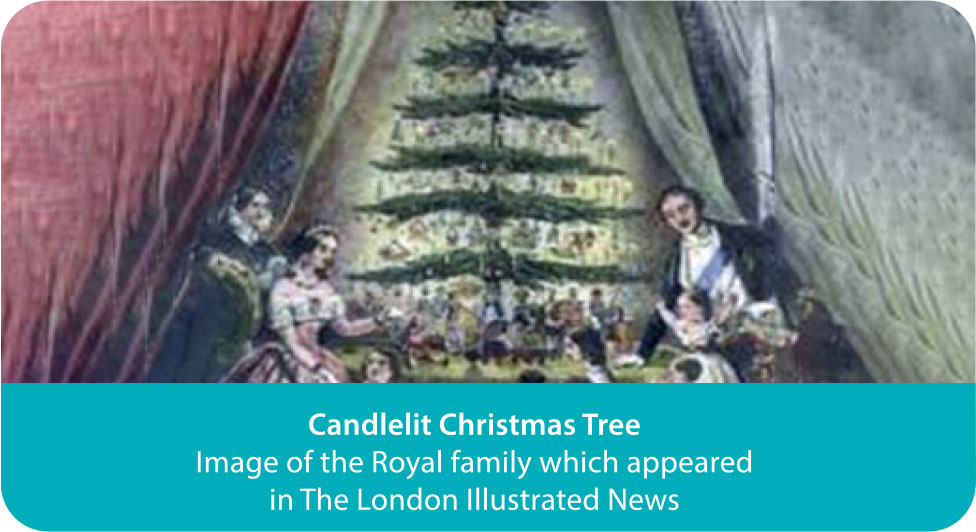
The tradition of tinsel also dates to the early 17th century in the German town of Nuremberg, which was already known for silver production. Workers started making thin strands of real silver and placed them in their trees to reflect the candlelight.
Incidentally, tinsel gets its name from the old French word ‘estincele’, which means sparkle.
In 1846, Queen Victoria and Prince Albert, were sketched in the Illustrated London News, standing with their children around a Christmas tree. Unlike her immediate forebears, Queen Victoria was popular with her subjects. She dictated style and fashion and when the tree was seen in the magazine the idea was taken up all over the country, and even as far afield as the East coast of America. The Christmas tree soon became part of the fixtures and fitting of Christmas.
Making the Christmas pudding and stirring in a silver sixpence on Stir up Sunday, five weeks before Christmas is part of British Christmas heritage. A silver sixpence was placed into the pudding mix and every member of the household gave it a stir. If you were lucky enough to find the sixpence in your helping of pudding on Christmas Day, you could look forward to a year of wealth and good luck. If this tradition appeals to you the 2022 Christmas Silver sixpence can be purchased from the Royal Mint. This year’s coin is the last to be struck with an image of The Queen. It includes the Royal Cypher surrounded by apple and orange blossom to signify good fortune.
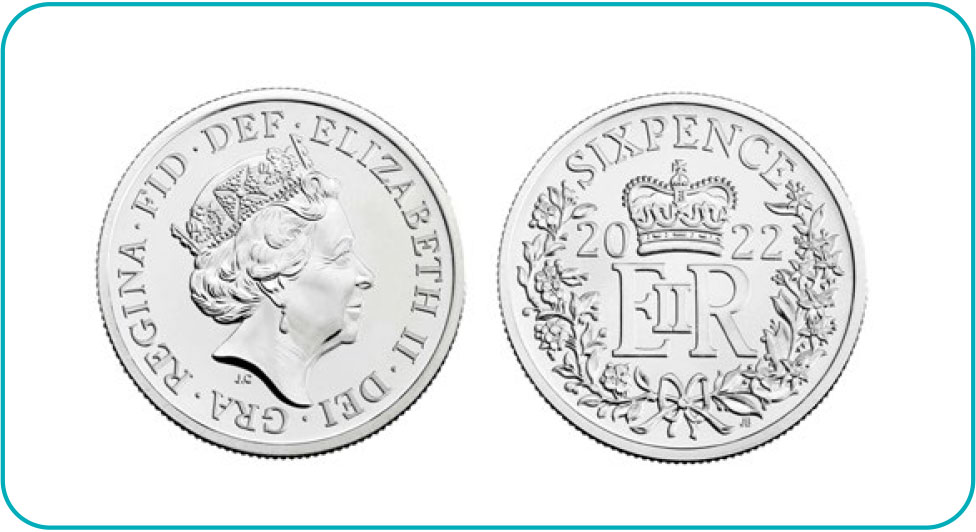
Crackers are another Christmas essential. Tom Smith Ltd holds the Royal warrant as Suppliers of Christmas crackers and wrapping paper and has held this since 1906. Tom Smith himself, had invented the first cracker over 60 years earlier, when, taken with the French habit of wrapping bonbons in a twist of paper. He ran with the idea, and then embellished it, adding in little love notes and latterly a snap made from silver fulminate. If you want the ultimate crackers this year, Asprey’s, have on offer, crackers containing silver cufflinks with one terminal modelled as a F1 car.
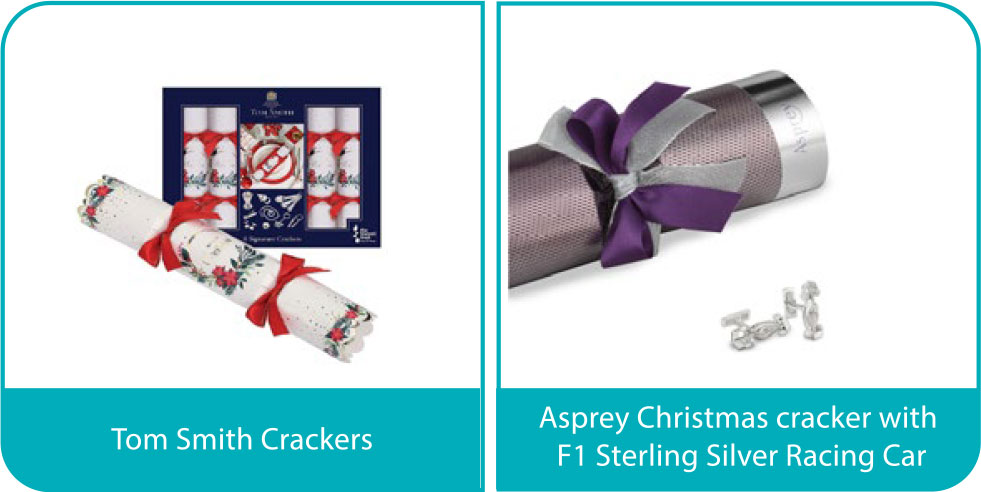
Silver ornaments have been part of the festive offering from luxury brands for years. Some companies produce new decorations every year so you can build a collection year on year. Georg Jensen is one such brand. This season’s collection includes a decoration by designer Sanne Lund Traberg, whose snowflake ornament is said to be inspired by childhood memories.
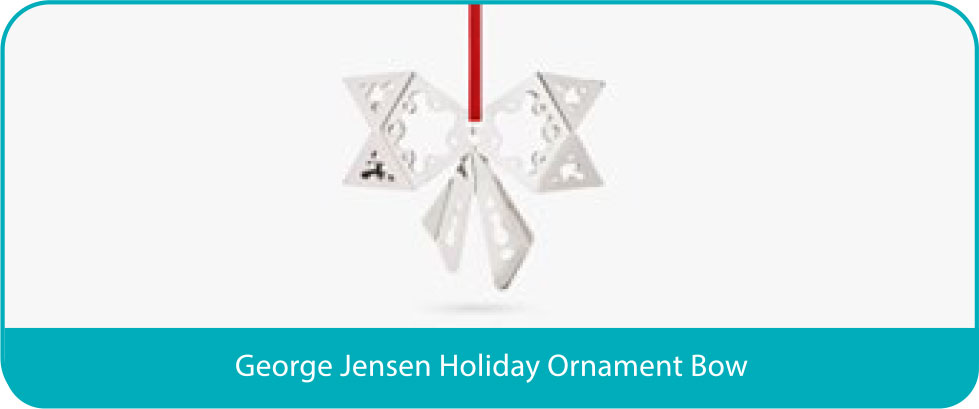
Tiffany also has a range of seasonal silver ornaments. The reindeer ornament is a modest £235 in comparison to the bauble created by Hallmarks Jewellers in 2009. Made in 18 carat white gold and designed as a snowflake with 1,578 diamonds, 188 encrusted rubies and a centre band with three one carat diamonds. It took over 130 hours to make and would have set you back $136,000.
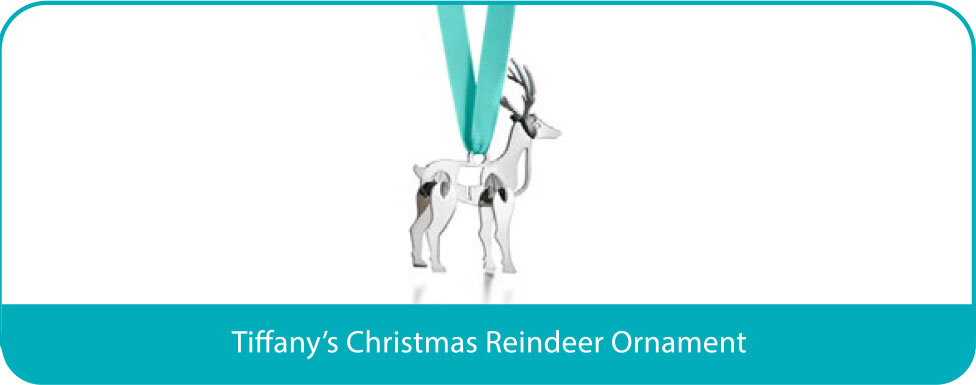
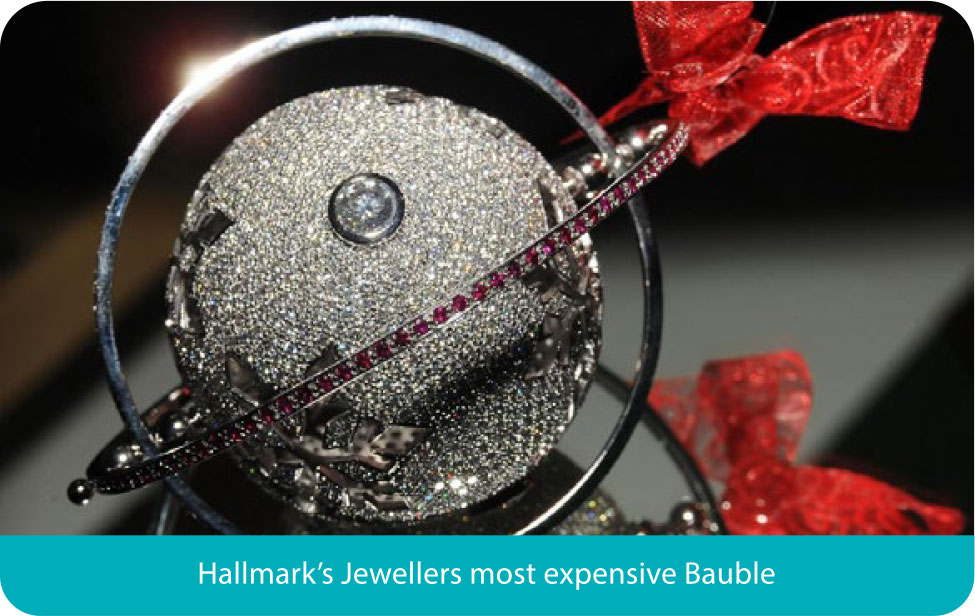
Food and drink are integral to all Christmas festivities. For our non-Christian forebears, the Winter Solstice was also a time to celebrate in the depths of winter and look forward to the year ahead and the return of longer, warmer days. For us it’s a wonderful opportunity to polish the table ware, both flatware (cutlery) and holloware (dishes). Get the meat dish cover ready to protect whatever remnants of turkey remain; fill the wine coolers with ice, put the wine coasters out ready to receive bottles or claret jugs, fill sauce boats with bread sauce, entrée dishes with vegetables, and silver jugs with cream. It’s probably time for the knife rests to make an appearance, and definitely for the stilton scoop to come out of retirement! There’s nothing quite like the combination of silver and glass to give the Christmas table a magical feel.

However you will be celebrating your Christmas, we wish you all a sparkling and happy time.
At Doerr Dallas we are only too aware that in the current economic climate Christmas will be hard for many. In recognition of this , the author of this article is donating her fee to Crisis at Christmas. Should you wish to make a contribution to Crisis, please click here to donate.






